The 1970 Chevelle SS 454 wasn’t just another big-block muscle car—it was the one that made everything else nervous. Built at the peak of the horsepower wars, it came off the showroom floor with more power than most supercars of the day and the kind of torque that could break loose tires in third gear. It didn’t care about finesse or refinement. It was built to move fast, make noise, and take down anything that challenged it. Here are 10 reasons the ’70 Chevelle SS 454 was—and still is—a force to reckon with.
It Packed One of the Most Powerful Engines of Its Era
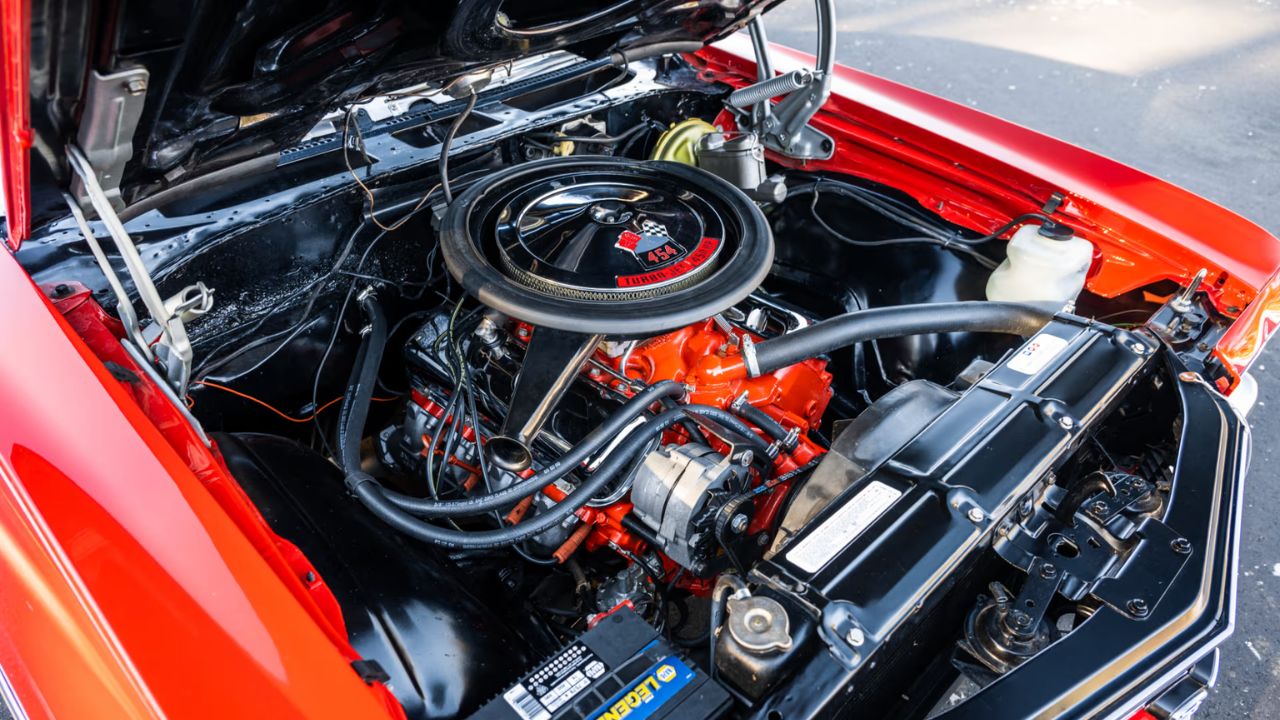
The 1970 Chevelle SS 454 LS6 came with a factory-rated 450 horsepower and 500 lb-ft of torque. That was a huge number for the time—and honestly, many believe it was underrated. Real-world dyno runs and quarter-mile tests suggest the LS6 was closer to 500 horsepower.
The 454 cubic-inch (7.4L) big-block had a high-compression 11.25:1 setup, forged internals, and a Holley 780 CFM carb. It wasn’t just about size—it was about building something that could break tires loose in third gear.
It Had Straight-Line Performance That Shook the Industry
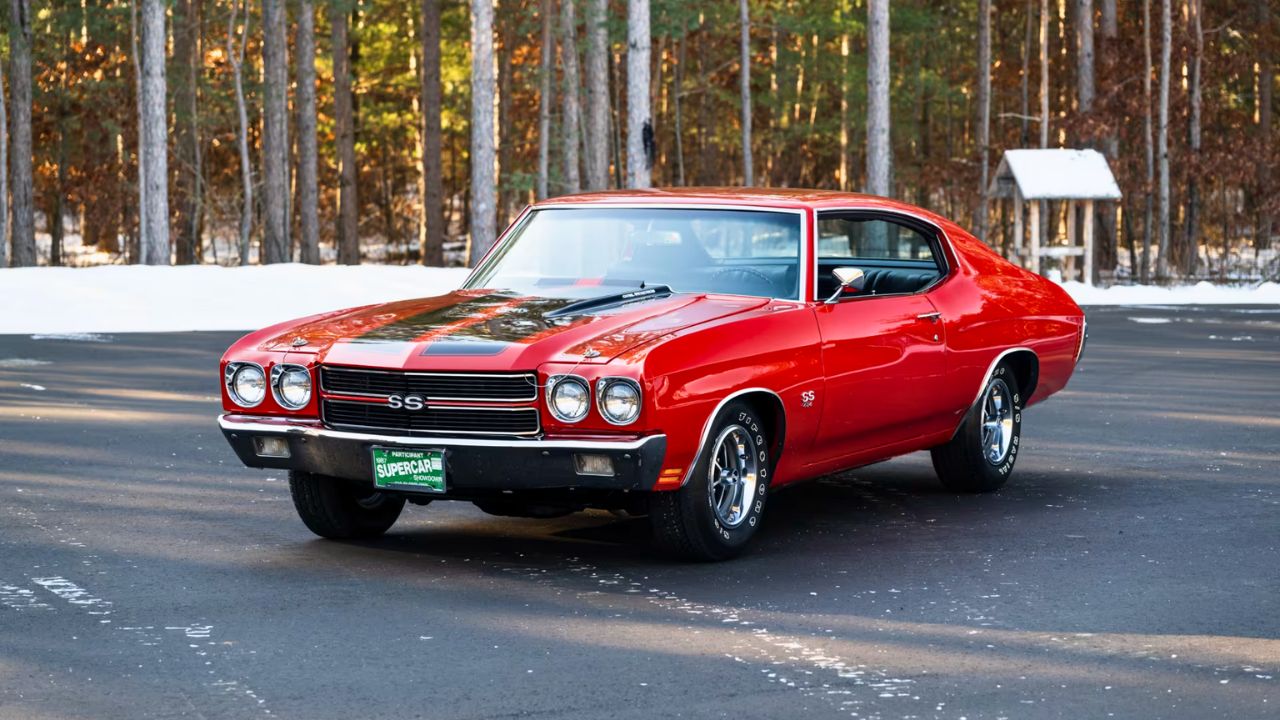
In stock form, the Chevelle SS 454 could run the quarter mile in the low 13s. That’s fast by today’s standards—and in 1970, it was outrageous. It could outpace cars that cost twice as much and were half as heavy.
It wasn’t subtle, but that wasn’t the point. This car was built for raw speed, and anyone who pulled up next to one at a red light knew exactly what they were in for.
It Was Cheaper and Faster Than Exotic Imports
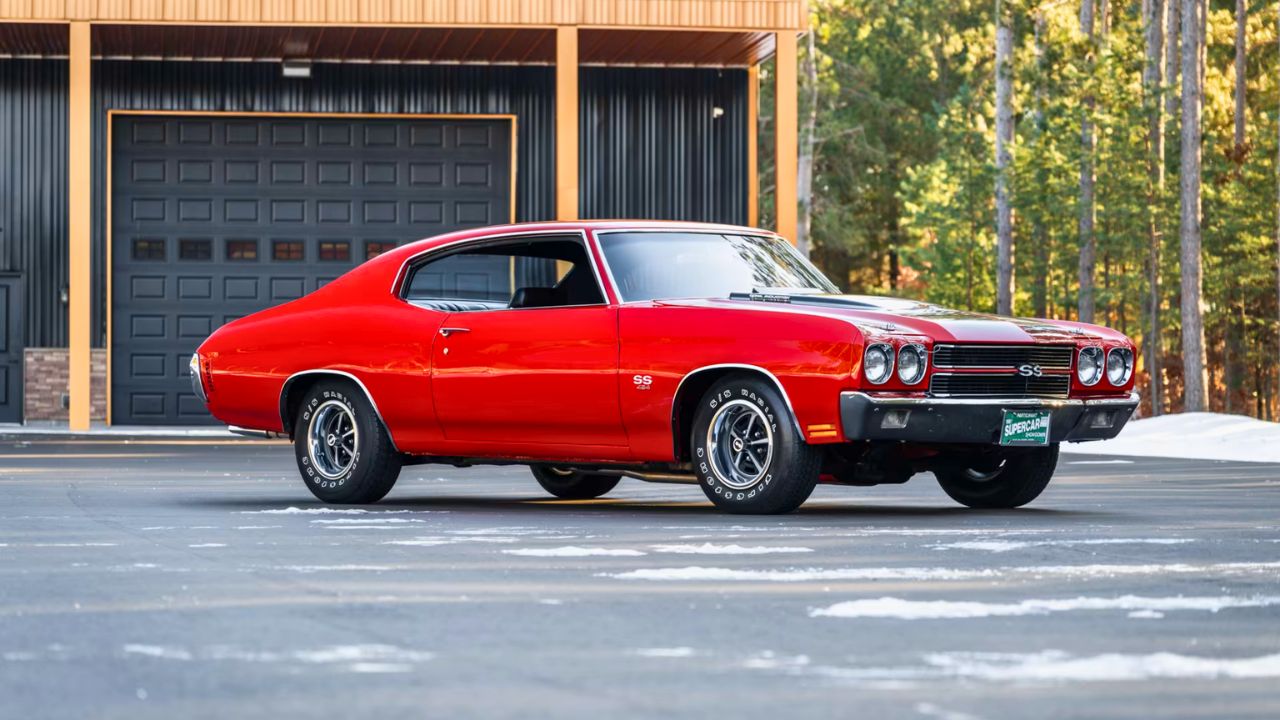
While European supercars like the Ferrari Daytona were fetching prices well into the $20,000 range, the LS6 Chevelle started at about $3,500. It wasn’t just fast—it was attainable.
That meant anyone with the budget and the guts could walk into a Chevy dealership and drive out in something that could outrun a Ferrari in a straight line. It shifted the power conversation from exclusive to accessible.
The LS6 Wasn’t Just Big—It Was Built to Handle Abuse
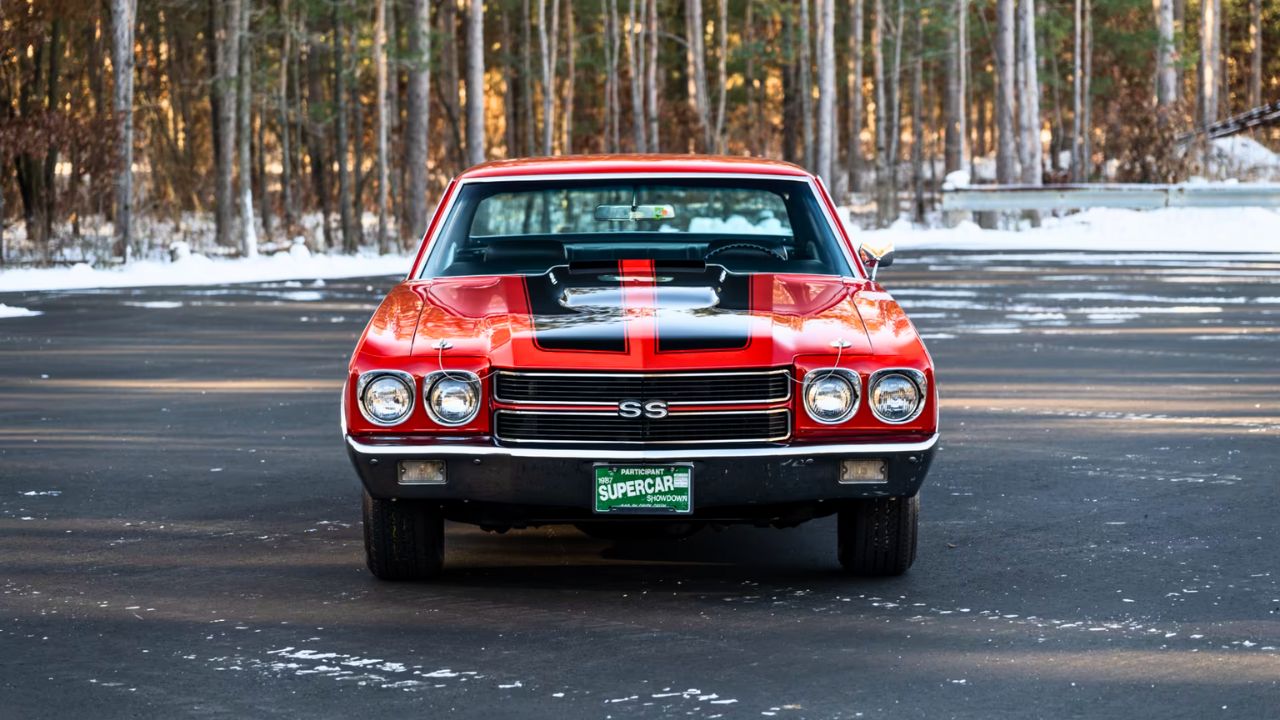
Chevy didn’t just toss a huge engine in the car and call it a day. The LS6 came with heavy-duty internals, including forged pistons and a solid-lifter camshaft. It was built to rev hard and take a beating.
That made it ideal for weekend drag racing or backroad brawling. You could redline it, run it hot, and it just kept asking for more. This wasn’t delicate—it was built to throw down.
The Cowl Induction System Gave It a Real Edge
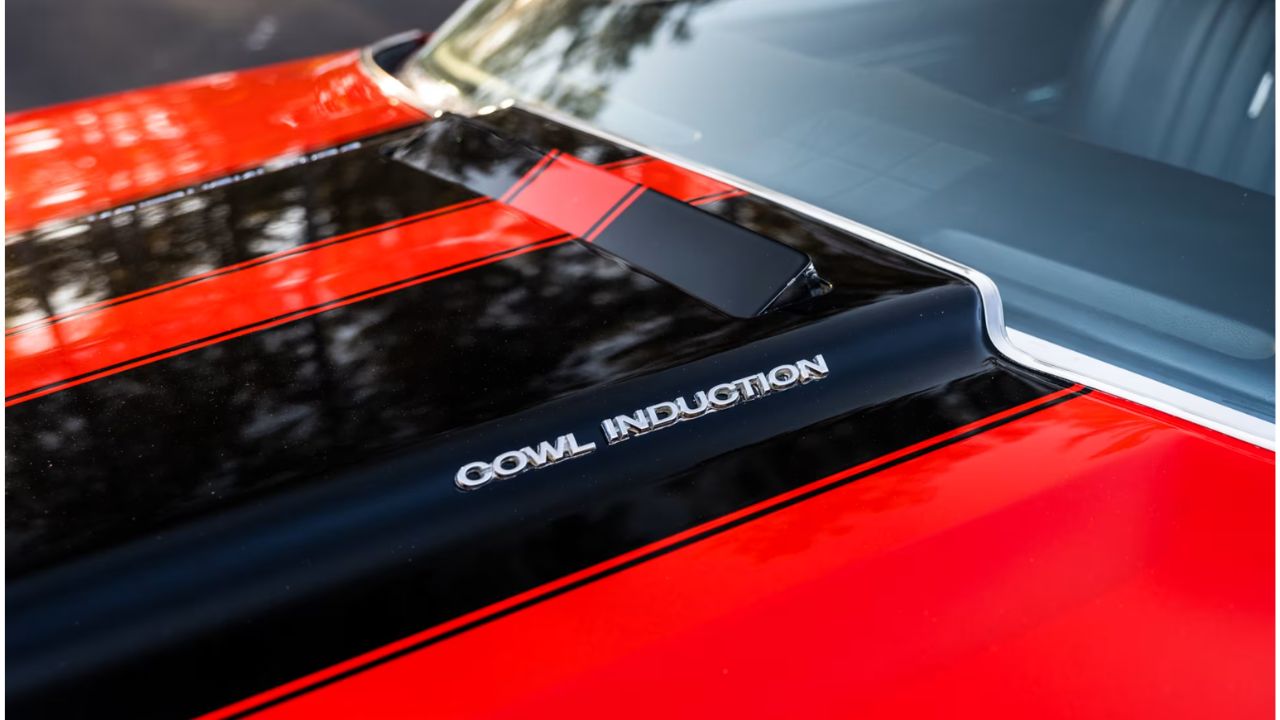
One of the most recognizable features on the ’70 SS 454 was its cowl induction hood. It wasn’t just for show. Under hard acceleration, a flap near the base of the windshield popped open, funneling cool air straight into the carburetor.
That cooler air helped bump performance right when you needed it most—at wide-open throttle. It was simple, mechanical, and totally effective, especially for street launches and drag passes.
It Looked Like Trouble From Every Angle
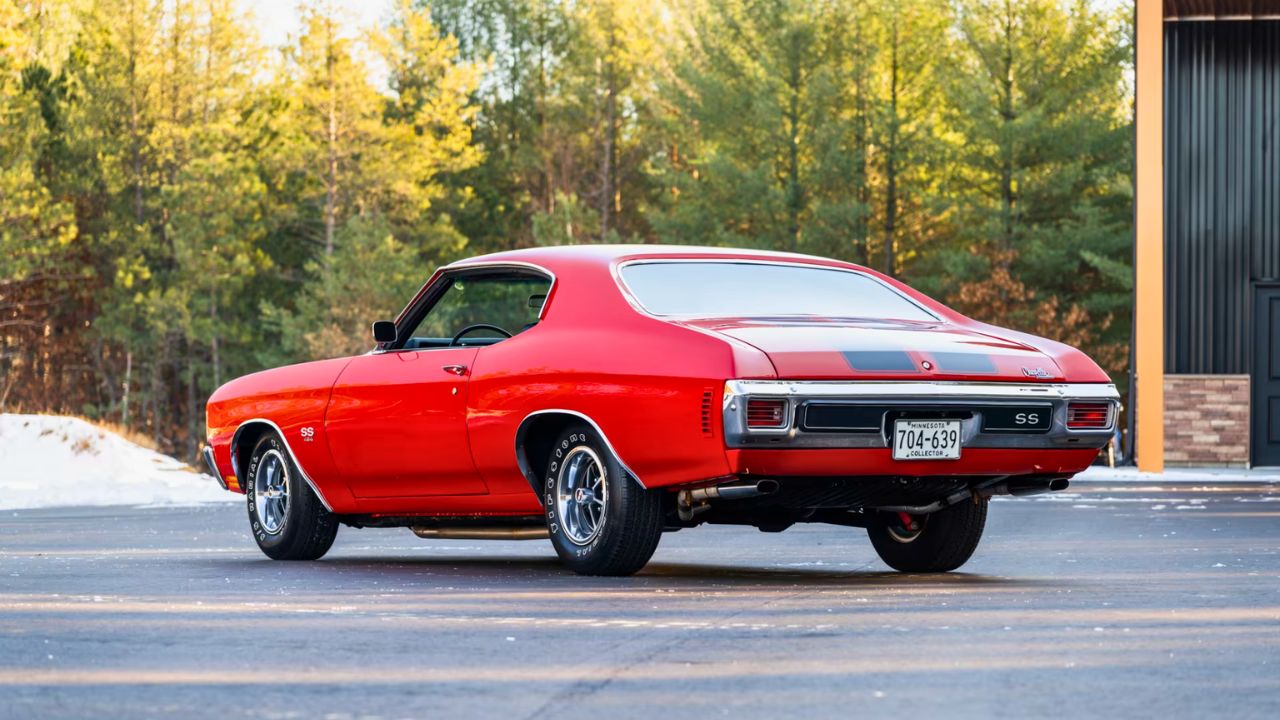
The Chevelle SS 454 had the muscle to back up its attitude, but it also had the kind of stance that told you it wasn’t messing around. Wide tires, dual stripes, and that menacing hood scoop made its presence known before the key ever turned.
It had a long, low body with just the right amount of chrome and badging. It looked serious—and it didn’t overpromise. What you saw was exactly what you got.
It Came Factory-Ready for Performance Driving
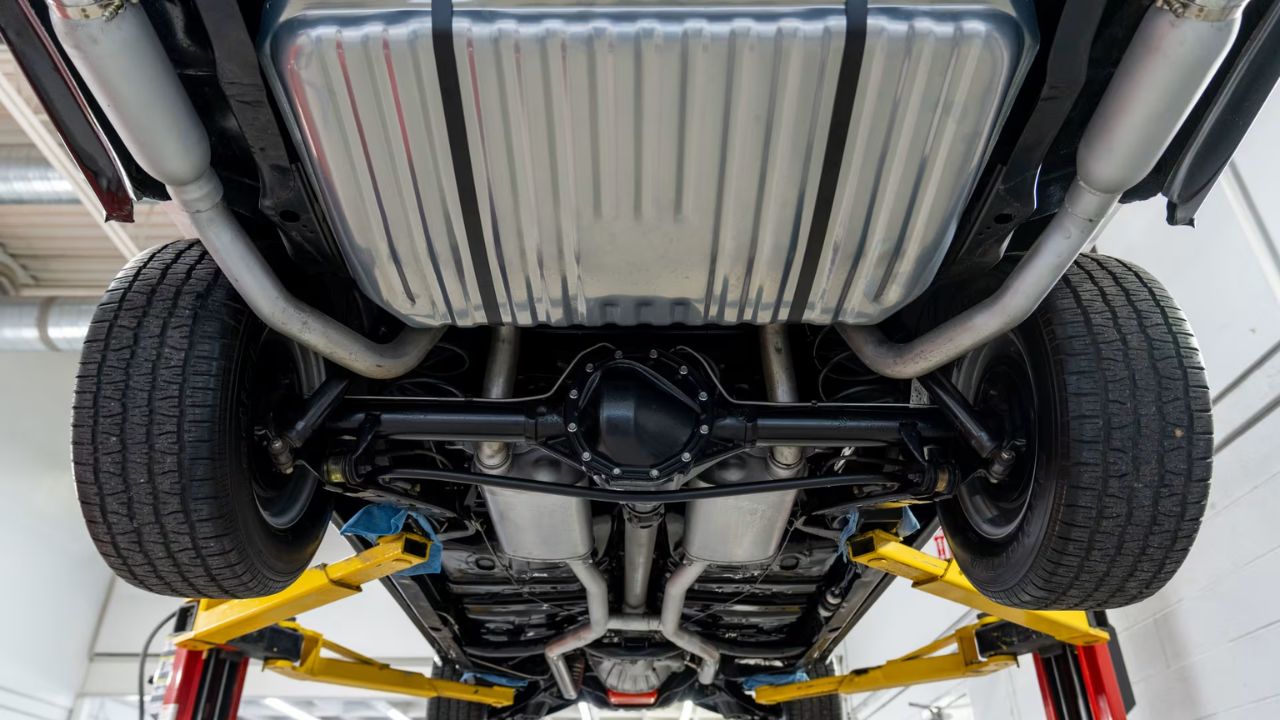
Chevy offered the SS 454 with a heavy-duty suspension, 12-bolt rear end, and performance gearing straight from the factory. Buyers could also choose a 4-speed manual or a bulletproof Turbo Hydra-Matic 400 automatic.
This wasn’t a muscle car that needed aftermarket upgrades to come alive. It was ready out of the box, built to take full advantage of all 500 lb-ft of torque without blowing up halfway through first gear.
It Was the Last of Its Kind Before the Crackdown
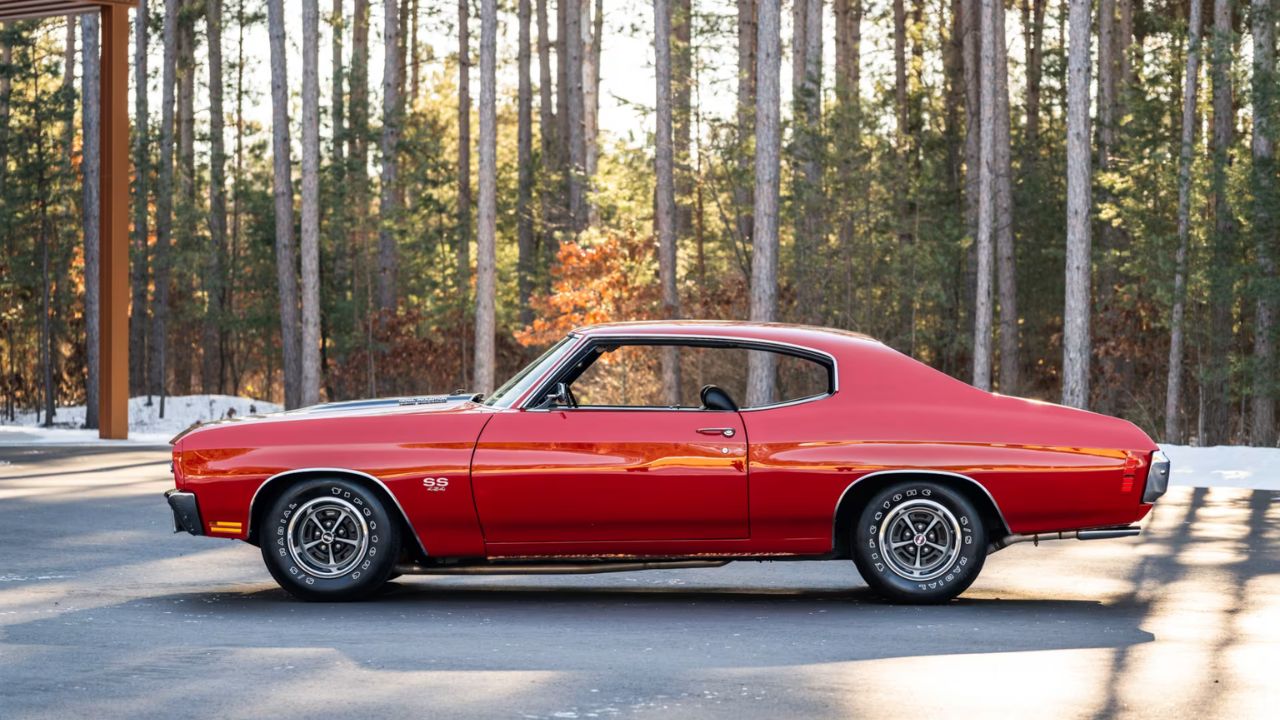
1970 was the peak. After that, insurance companies, emissions laws, and rising gas prices started choking out the muscle car scene. Compression ratios dropped. Horsepower disappeared. But the Chevelle SS 454 LS6 got out before it all went soft.
That makes it one of the last true muscle cars of the golden era—raw, loud, and completely unfiltered. It never had to make excuses or pretend to be something it wasn’t.
It Became the Benchmark for Big-Block Performance
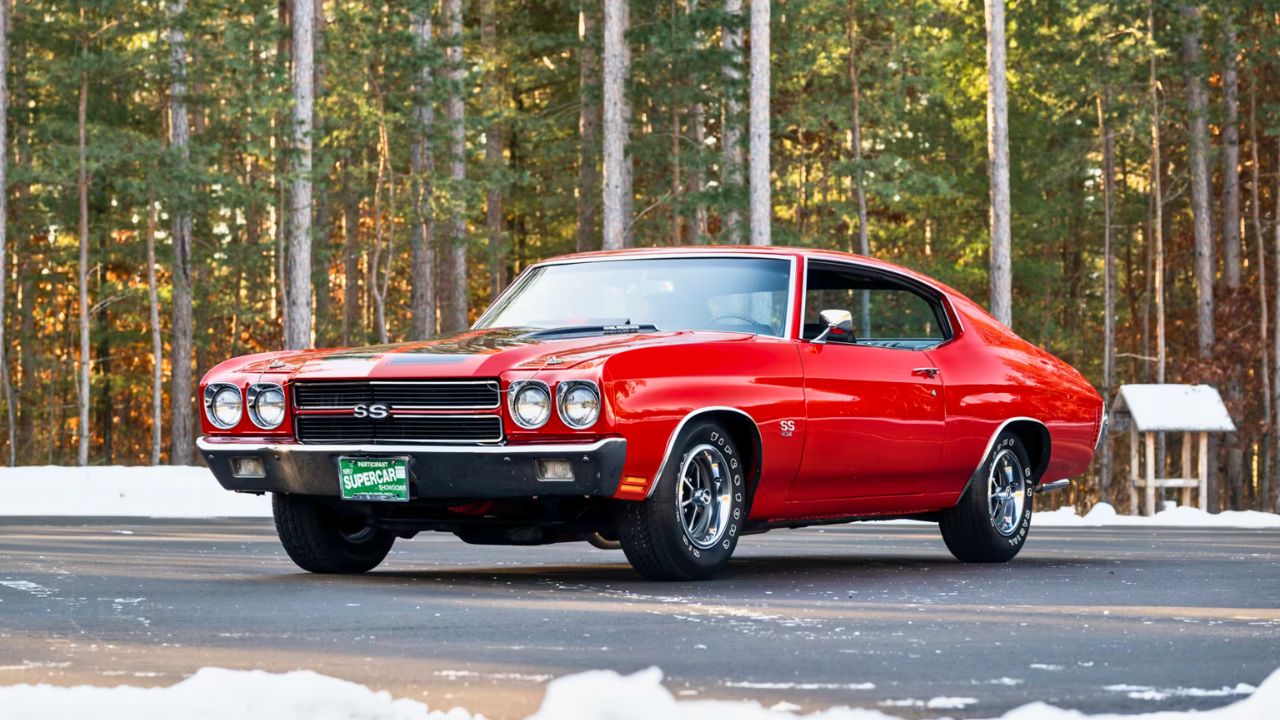
Even decades later, when people talk about big-block muscle, they always bring up the ’70 Chevelle SS 454. It set the standard for what a full-size American car could do with the right powertrain.
Plenty of fast cars came after, but the LS6 version became the high-water mark—the one everyone measured against. It didn’t just make an impact in 1970—it kept that reputation alive through every burnout, street race, and drag strip pass.
It Still Commands Respect—And the Price to Match
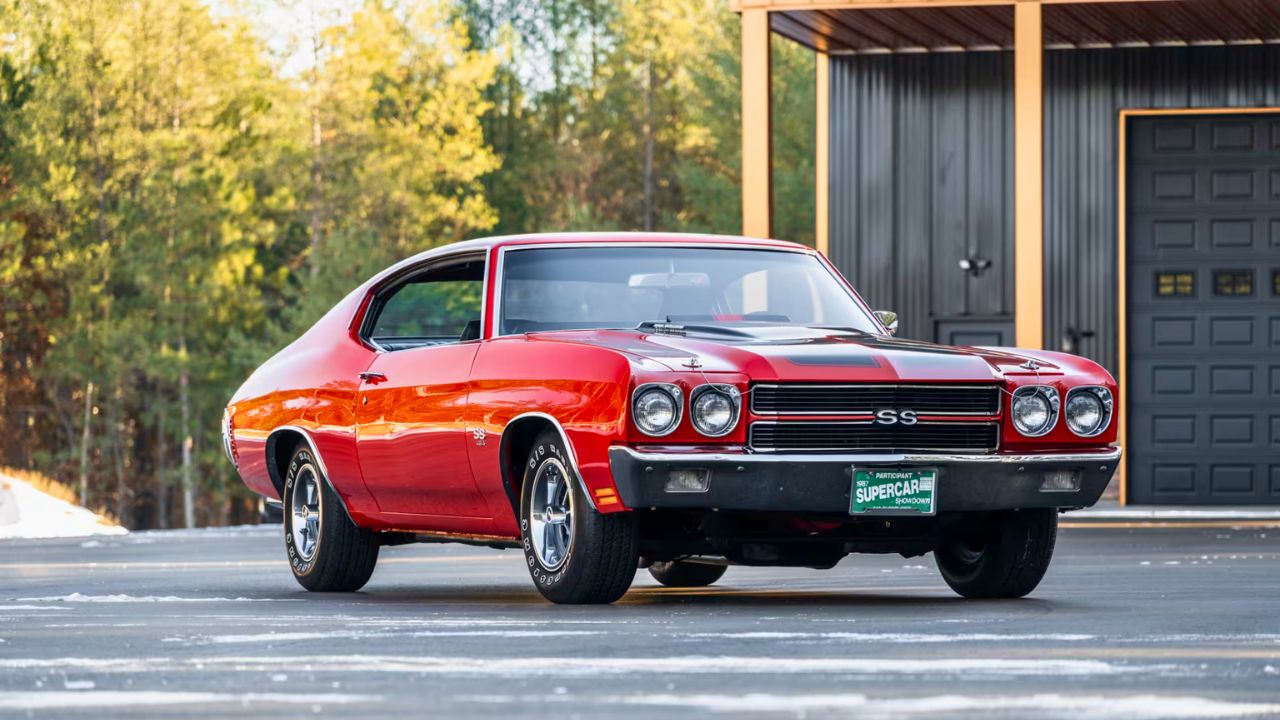
These days, an original LS6 Chevelle can fetch six figures at auction—and for good reason. It’s not just a collectible, it’s a symbol of what peak muscle looked and sounded like before the rules changed.
Whether it’s sitting in a garage or tearing up a Saturday cruise night, the Chevelle SS 454 LS6 hasn’t lost a step. It’s still a force—and it still makes supercars look over their shoulder.
*This article was hand crafted with AI-powered tools and has been car-fully, I mean carefully, reviewed by our editors.

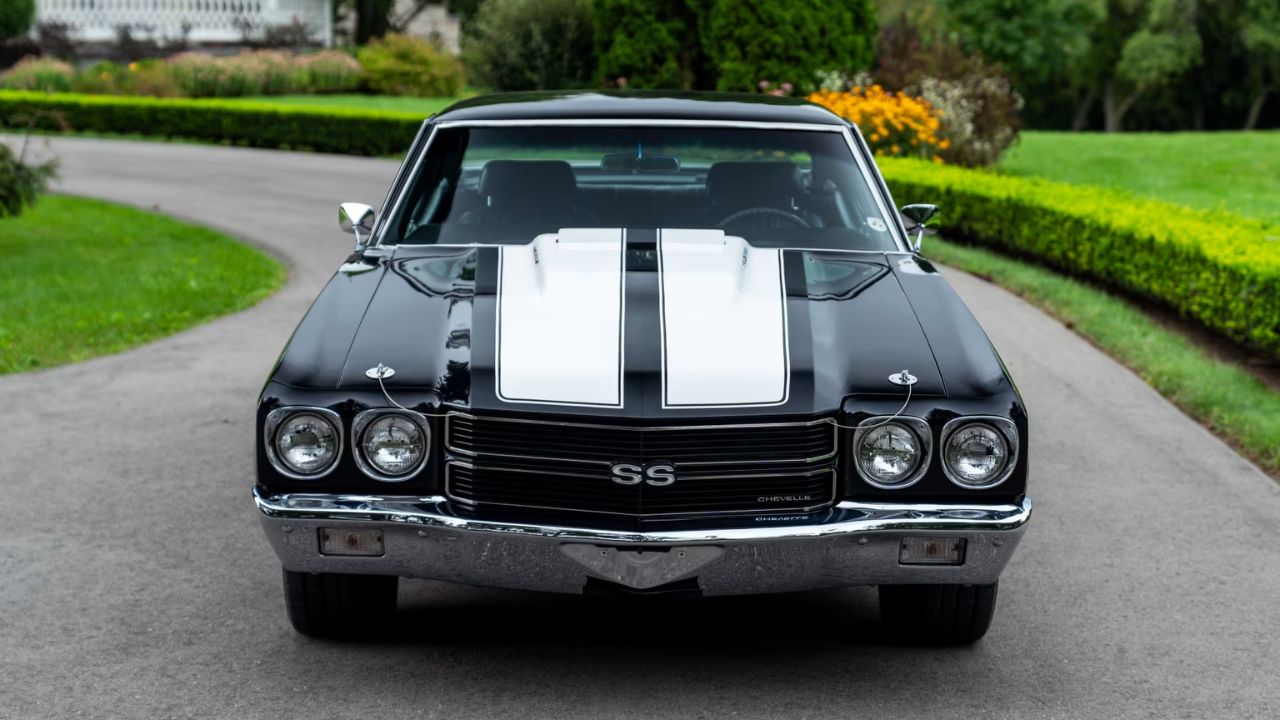
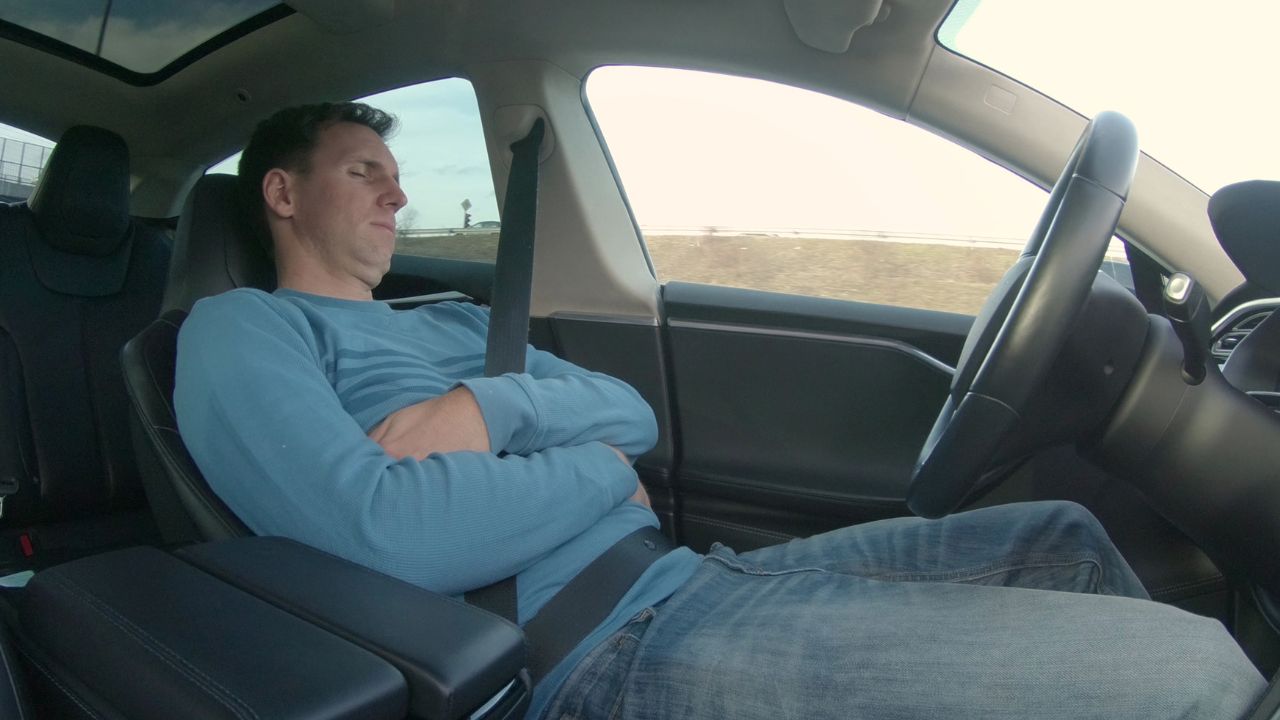
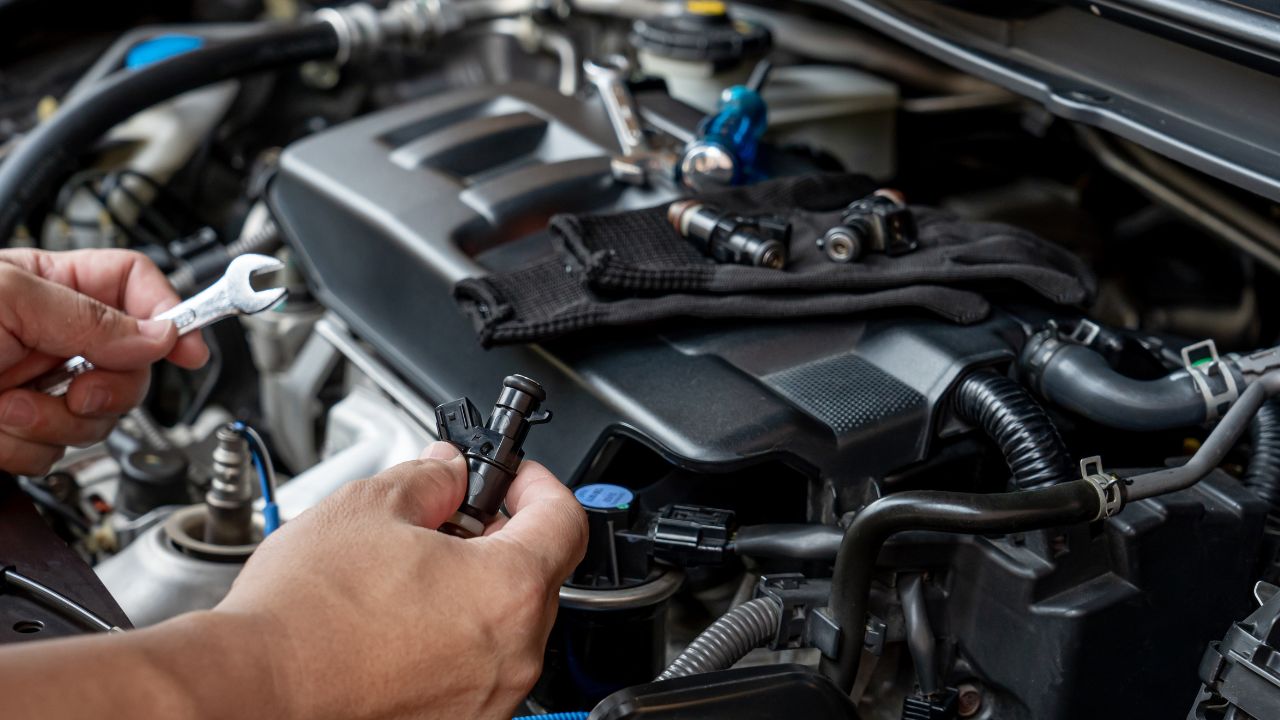
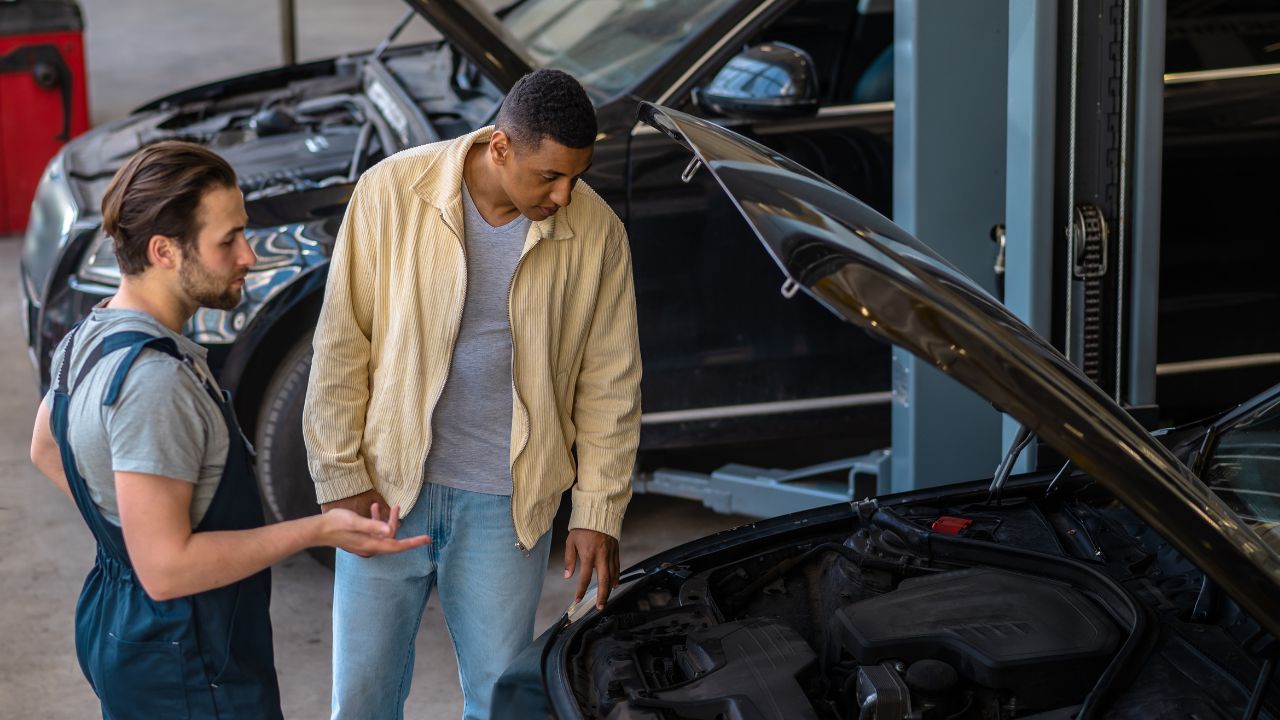
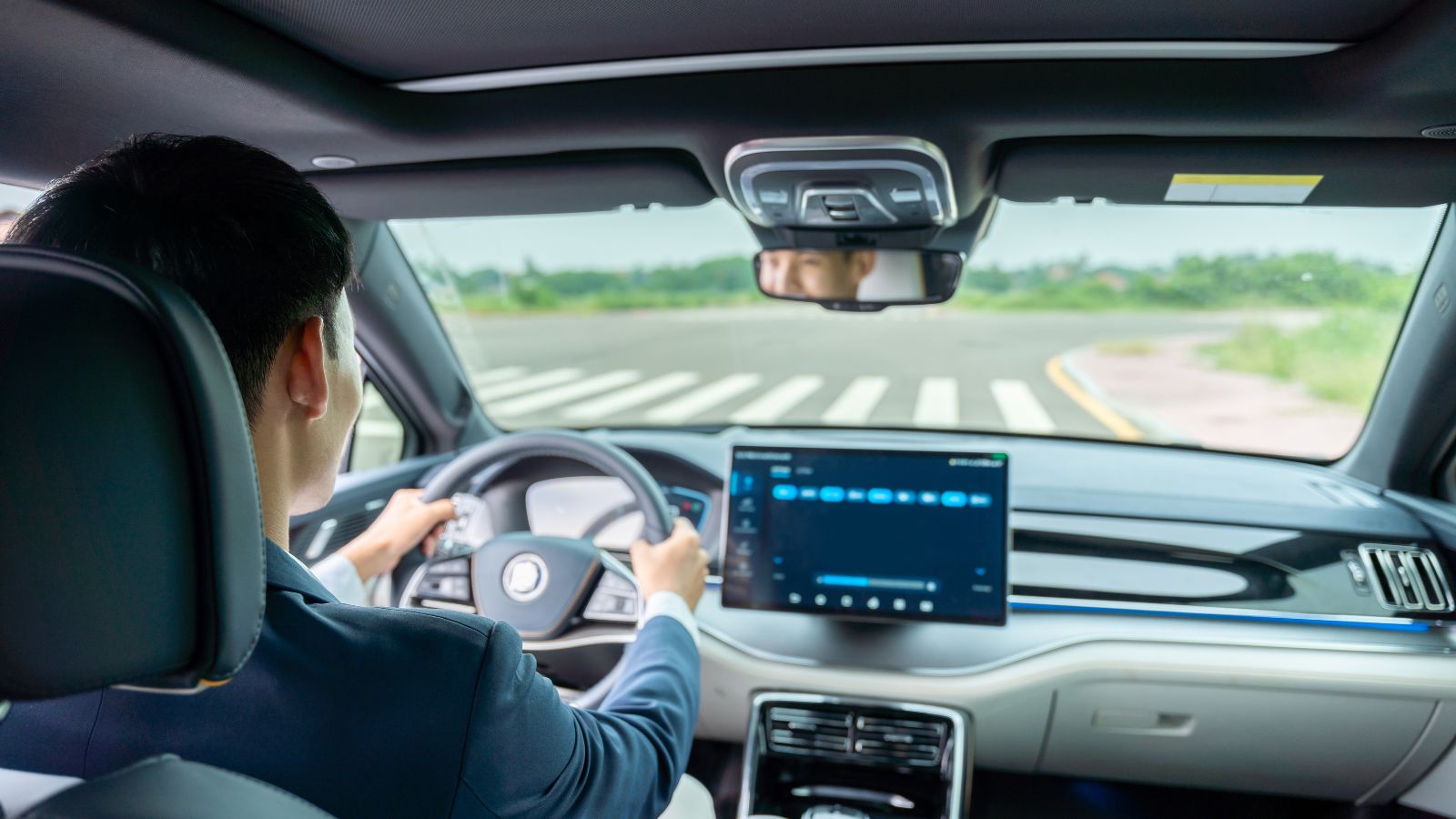
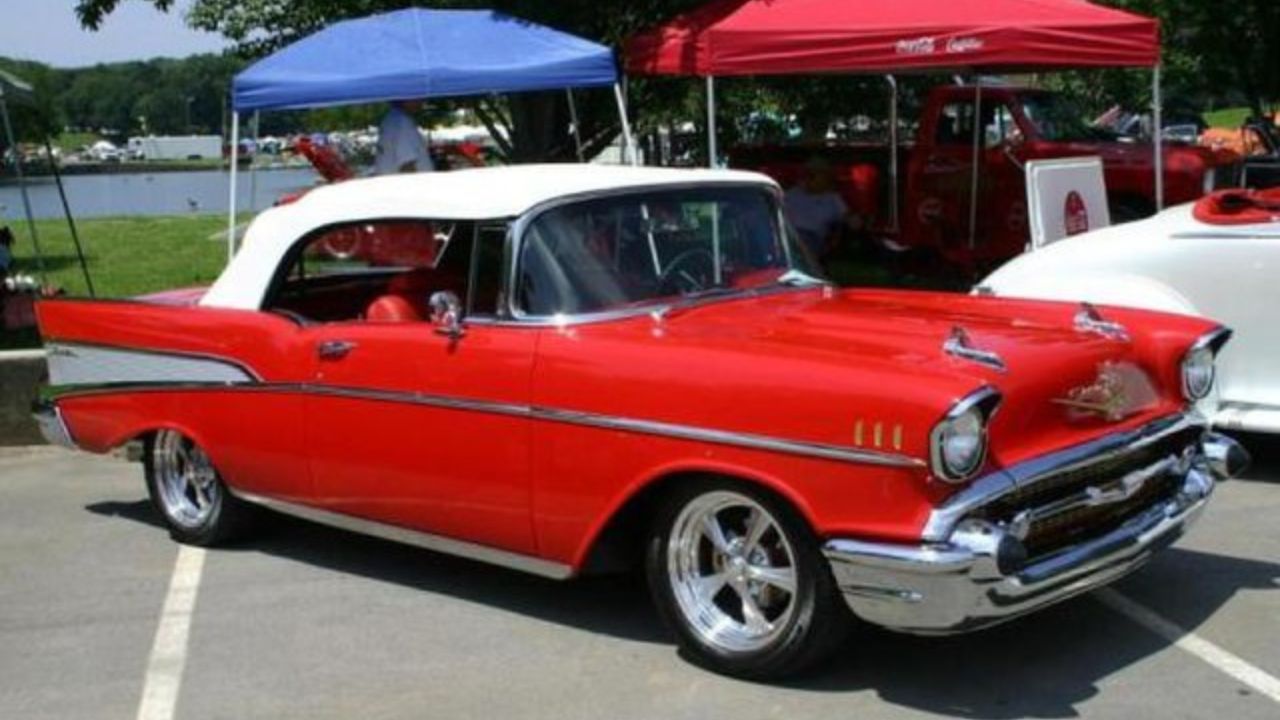
Leave a Reply